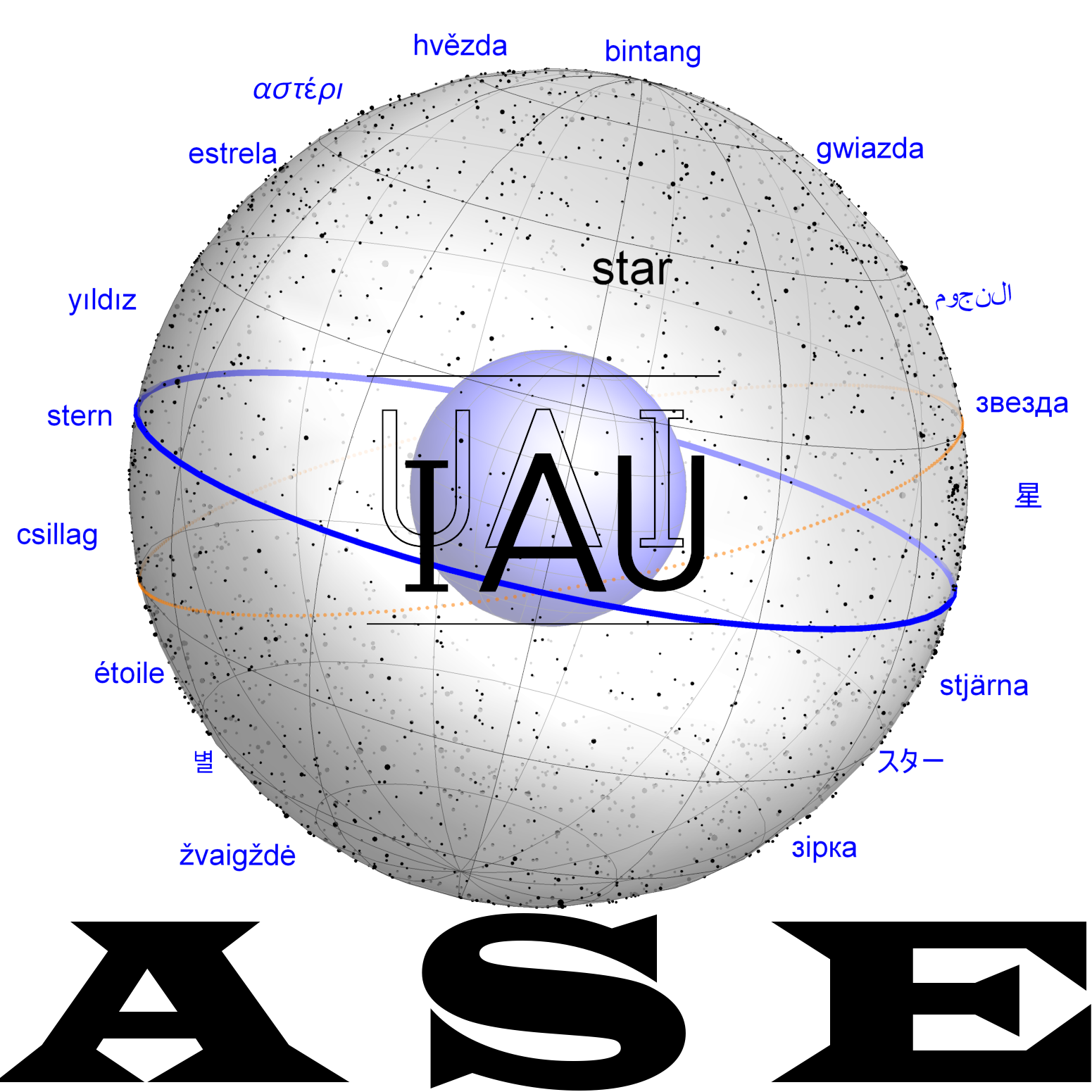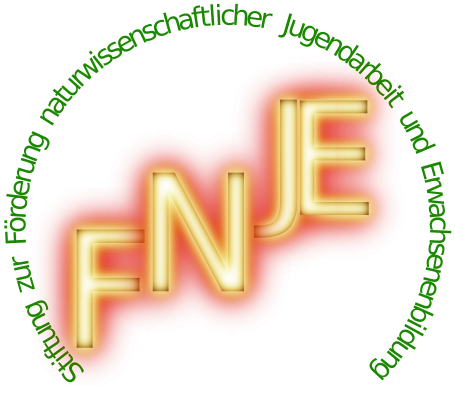Kaffalmusalsala (كفّ المسلسة)
Kaffalmusalsala
The asterism formed by the three stars ι, κ and λ Andromedae is called "Andromeda's right hand" in ancient Greek texts and their derivatives. One of the Arabic translations is Kaff al Musalsala /كفّ المسلسة. Herein, al Musalala is from the tranlsation "The Chained Woman" in Isḥāq and Ṣūfī and "Kaff" is for the hand.
Etymology and History
Andromeda in the Almagest
| Greek | English
(Toomer 1984) |
identification
(Toomer 1984) | |
|---|---|---|---|
| ὁ | The star in the place between the shoulders | δ And | |
| ὁ | The star in the right shoulder | π And | |
| ὁ | The star in the left shoulder | ε And | |
| τών έπι τον δεξιού βραχtονος γ δ νότιος | The southernmost of the 3 stars on the right upper arm | σ And | |
| ὁ βόρειος αύτών | The northernmost Of them | θ And | |
| ὁ μέσος τών τριών | The middle one of the three | ρ And | |
| τών έπι τοiι δεξιού &κροχεlρου γ δ νότιοι; | The southernmost of the 3 stars on the right band | ι And | |
| ὁ με1σ ος αυ' τω- ν | The middle on·e of these | κ And | |
| ὁ βόρειος τών τριών | The northernmost of the three | λ And | |
| ὁ έπι τοiι &ριστεροiι βραχίονος | The star on the left upper arm | ζ And | |
| ὁ έπι τοiι άριστεροϋ άγκώνος | The star on the left elbow | η And | |
| τών -vπερ το περίζωμα γ δ νότιος | The sduthernmost of the 3 stars over the girdle | β And | |
| ὁ μέσος αὐτῶν | The middle one of these | μ And | |
| ὁ βόρειος τῶν τριῶν | The northernmost of the three | ν And | |
| ὁ ύπὲρ τὸν άριστερὸν πόδα | The star over the left foot | γ And | |
| ὁ ἐν τῷ δεξιῷ ποδί | The star in the right foot | φ Per | |
| ὁ τούτοv vοτιώτερος | The one south of the latter | 51 And | |
| τῶv ἐπι τῆς ἀριστερᾶς ἀγκύλης β ὁ βορειότερος | The northernmost of the 2 stars on the left knee•bend | υ And | |
| ὁ νοτιώτερος αὐτῶv | The southernmost of them | τ And | |
| ὁ ἐπι τοῦ δεξιοῦ γόνατος | The star on the right knee | φ And | |
| τῶν ἐν τῷ σύρματι β ὁ βορειότερος | The northernmost of the two stars in the lower hem [ of the garment] | 49 And | |
| ὁ νοτιώτερος αὐτῶν | The southernmost or them | χ And | |
| ὁ ἐκτὸς καὶ προηγούμενος τῶν ἐν τῷ δεξιῷ ἀκροχείρῳ γ | The star in advance of the three in the right hand, outside [ of it] | ο And |
{23 stars, 4 of the third magnitude, 15 of the fourth, 4 of the fifth}
Andromeda in Arabic texts
- Ἀνδρομέδα > Andrūmāḏā (Isḥāq),
- Andrūmīḏā (Ṣūfī),
- al-Mar’a, the Wife (Ḥağğāğ),
- al-Mar’at al-latī lam tara baclan, the Woman who has no husband (Battānī, Ṣūfī),
- al-Mar’at al-Musalsala, the Chained Woman (Isḥāq, Ṣūfī)
Hand of Andromeda
Andromeda's right arm has always been drawn in the area of the sky with this asterism (until Bode's new invention of the constellation Honores Friderici in 1795).
Spelling Variant:
- "Keff al Salsalat", or "Keffalsalsalat" in Al Mouakket[1] from Latin transliteration "Manus Catenatae", used for iota Andromedae (ι And).
The star ι And is described as Τῶν ἐπἰ τοῦ δεξιοῦ άκρόχειρον (Halma, II, 48-49), i.e. "at the end of the right hand" together with κ and λ And.
In Arabic, al-Ḥağğāğ translates as clā ṭaraf al-kaff, “at the tip of the right palm” and Isḥāq as clā ’l-kaff, “on the palm”. Al-Battānī does not mention these stars. As for al-Ṣūfī, he uses also the word al-Kaff in their description, and al-Bīrūnī does the same after him.
Then the following identifications appear chronologically:
| κ And | al-Awsaṭ min Kaff al-Musalsala | the Median of the Palm of the Chained One | Marrākušī (13th c) |
| Wasaṭ Kaff al-Musalsala | the Median of the Palm of the Chained One | Miṣrī (14th c.) | |
| idem | Idem | Tīzīnī (16th c.) | |
| λ And | Šamālī Kaff al-Musalsala | The Northern of the Palm of the Chained One | Miṣrī(14th c.) |
Only this one can be taken as a true proper name:
| ι And | Kaff al-(Mu)salsala | the Palm of the Chain One | Aḫsāsī (17th) |
Remarks.
- al-Aḫsāsī reads al-salasa in the manuscript, which is, as he quotes it (p. 436, n. 31), a scribal error for al-musalsala, "the Chained One." It seems reasonable to reintroduce the exact word.
- In the transcription currently used, we write kaff and no longer Keff, and the final /t/ of Salsalat is not justified. The name would therefore be Kaff al-Musalsala, which is roughly the spelling used by Mustafa Pular in his catalog for κ And.
- The stars ι, κ and λ And all three deserve the name Kaff al-musalsala, but their magnitudes are respectively: 4.29, 4.15, and 3.81. As we can see, λ And is the largest.
Mythology
IAU Working Group on Star Names
The name "Keffalsalsalat" was suggested to the IAU WGSN in 2023 due to its appearance in modern literature (Knobel 1895). The name is not in Simbad or anyhow known in the public. From the group of three, lambda would be the brightest, but has an older name (Asīdu); so we would suggest the second brightest, kappa Andromedae (κ And), to be named with the Arabic term. However, we suggest to correct Knobel's spelling from the 19th century and name the star Kaffalmusalala (adapted to the IAU-Style Guide, simplified to pre-Unicode ASCII).
The WGSN chose ... (not to apply/ to apply the name to a neighbouring star/ to ...) in the IAU-CSN.
Weblinks
Reference
- References (general)
- References (early modern)
- Ian Ridpath's website (Star Tales )
- ↑ E. B. Knobel (1895, MNRAS, 55, 429) "On a Catalogue of Stars in the Calendarium of Mohammad Al Achsasi Al Mouakket" (17th century, Arabic, from Cairo)




